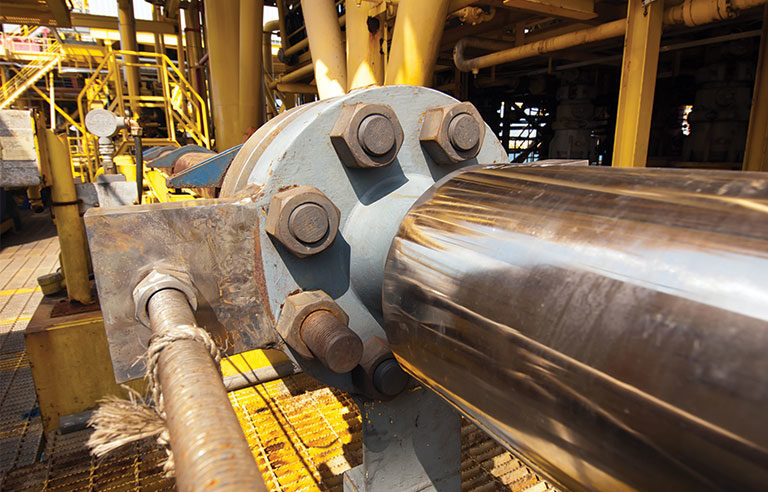BSEE panel reviews report, recommendations on offshore bolting safety

Washington — Officials from the Bureau of Safety and Environmental Enforcement met June 21 to discuss a BSEE-sponsored report that outlines strategies for enhancing bolting technology in offshore oil and gas operations, a press release from the agency states.
The report, released in March by the National Academies of Sciences, Engineering, and Medicine, offers suggestions intended to help bolster the performance and reliability of undersea bolts, including:
- Investigating bolting cluster failures using a large-scale, fully instrumented test rig that simulates undersea conditions on fasteners.
- Researching and developing innovations that could significantly advance the reliability of offshore fasteners in critical service.
- Identifying gaps in current standards and obtaining necessary data to guide updates.
- Promoting a strategic vision for safety culture throughout the oil and gas industry.
Additionally, the report suggests potential actions for the oil and gas industry. Among them:
- Establishing standard laboratory testing to evaluate bolting materials’ susceptibility to cracking and embrittlement from hydrogen exposure.
- Reviewing standards related to bolt tensioning to minimize the possibility of placing excessive stress on bolting materials.
- Promoting an enhanced, industrywide safety culture that encourages workers at all organizational levels to improve bolt reliability.
BSEE noted that “although no major oil spills have resulted from the failure of a bolt fastener, there have been minor oil releases and near misses caused by unexpected bolt failures.”
The agency’s efforts toward mitigating bolting safety risks include issuing Quality Control-Failure Incident Team reports in August 2014 and February 2016. BSEE further organized a public forum exploring critical offshore equipment failures in August 2016. One month later, the agency formed the Interagency Bolt Action Team to promote federal collaboration in sharing expertise and data on fastener safety.
Post a comment to this article
Safety+Health welcomes comments that promote respectful dialogue. Please stay on topic. Comments that contain personal attacks, profanity or abusive language – or those aggressively promoting products or services – will be removed. We reserve the right to determine which comments violate our comment policy. (Anonymous comments are welcome; merely skip the “name” field in the comment box. An email address is required but will not be included with your comment.)

